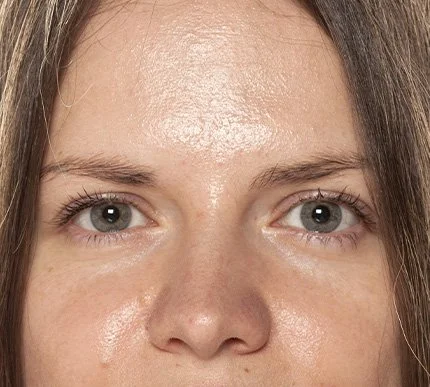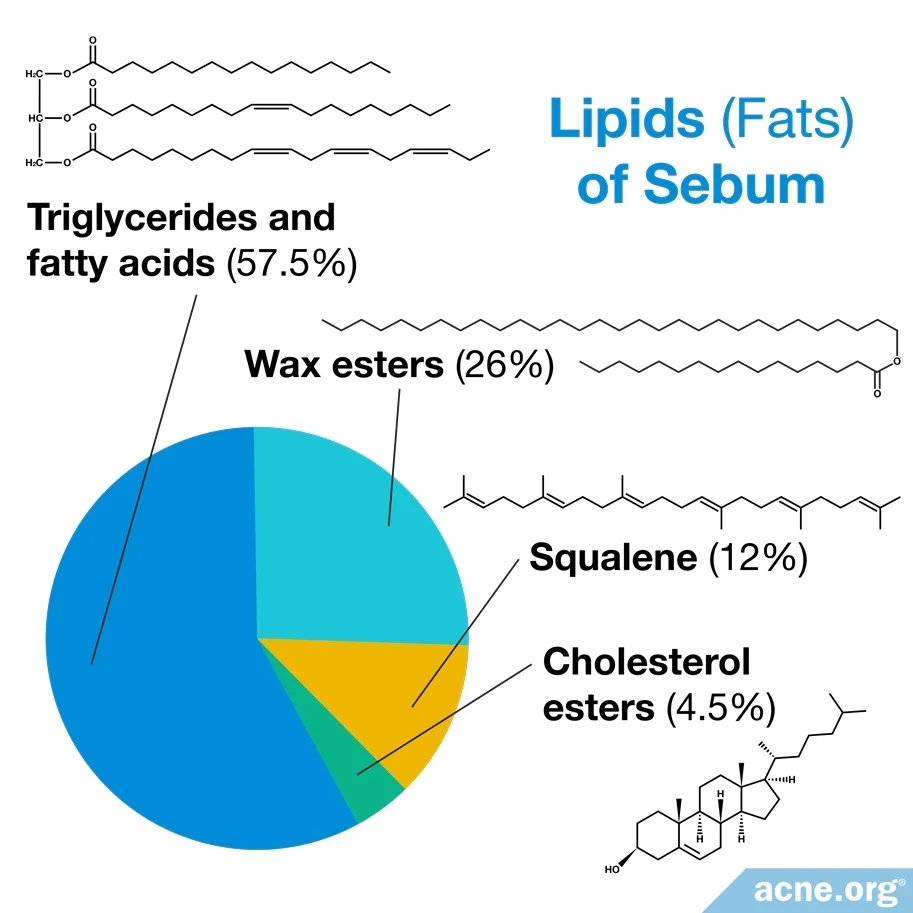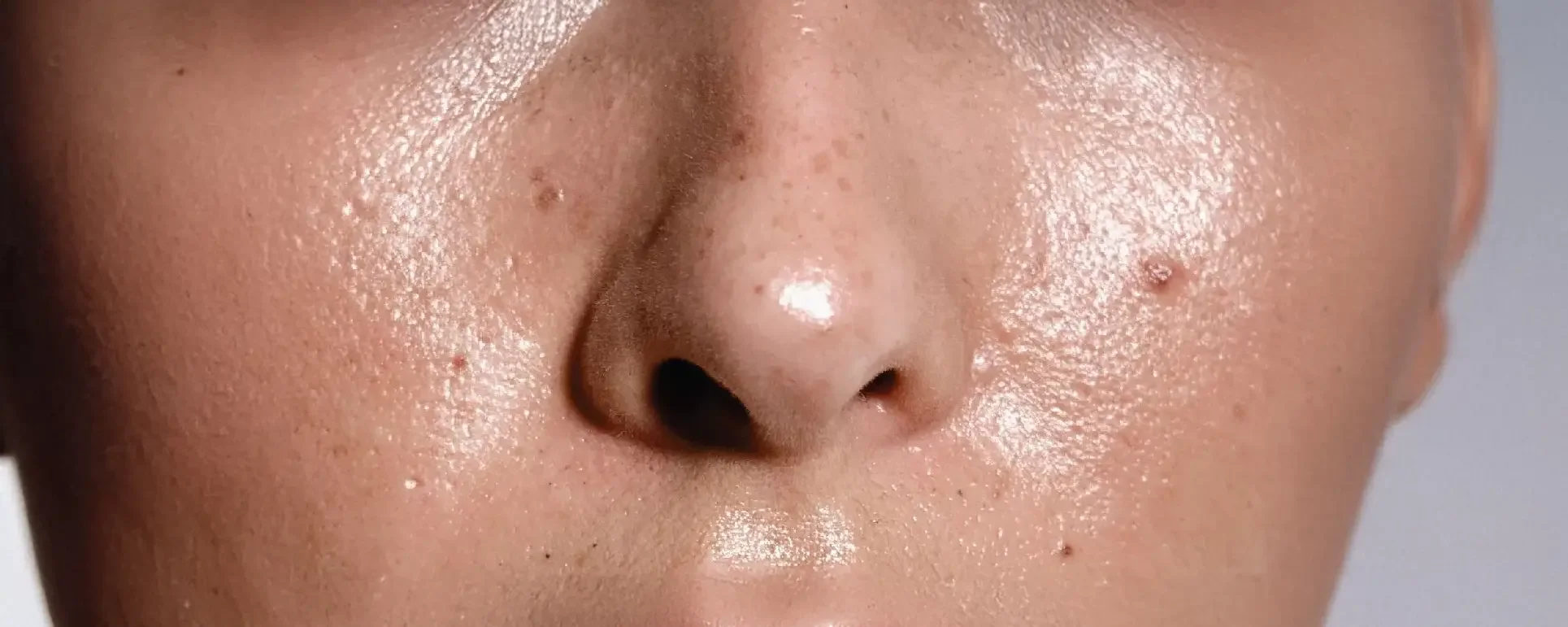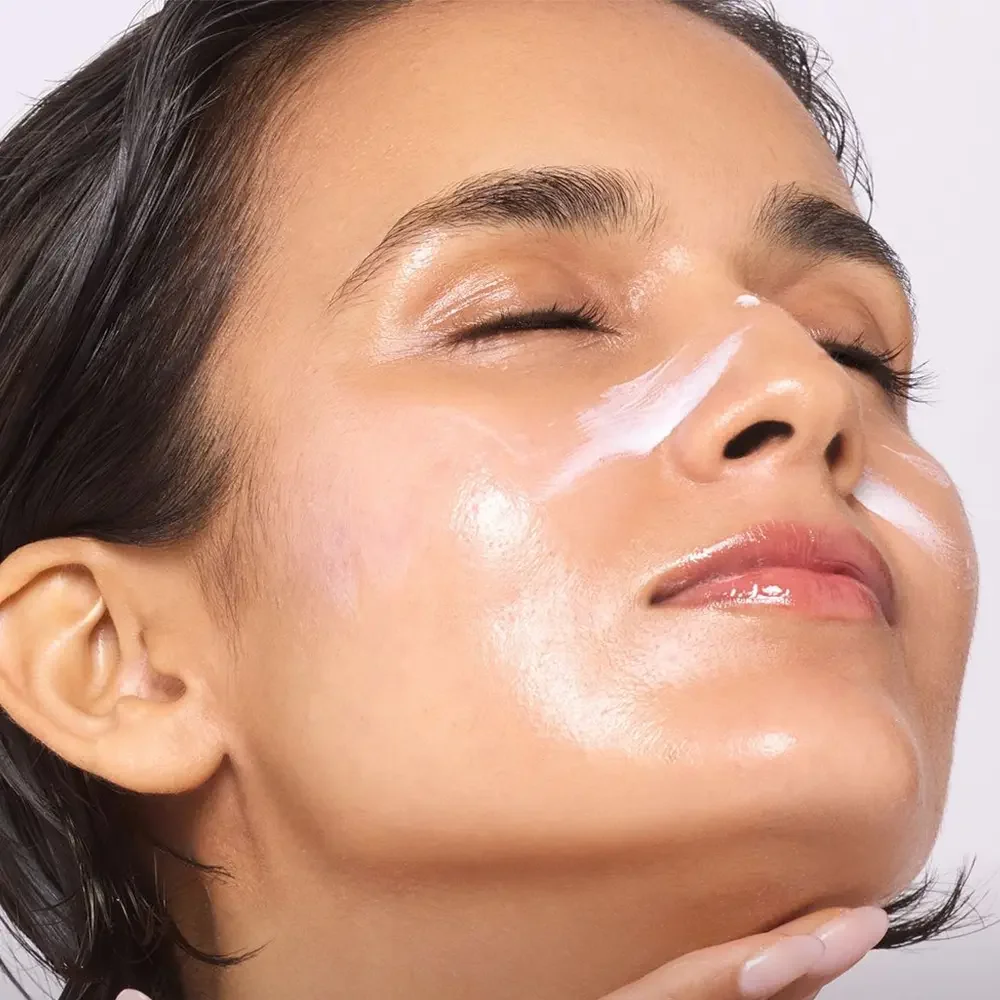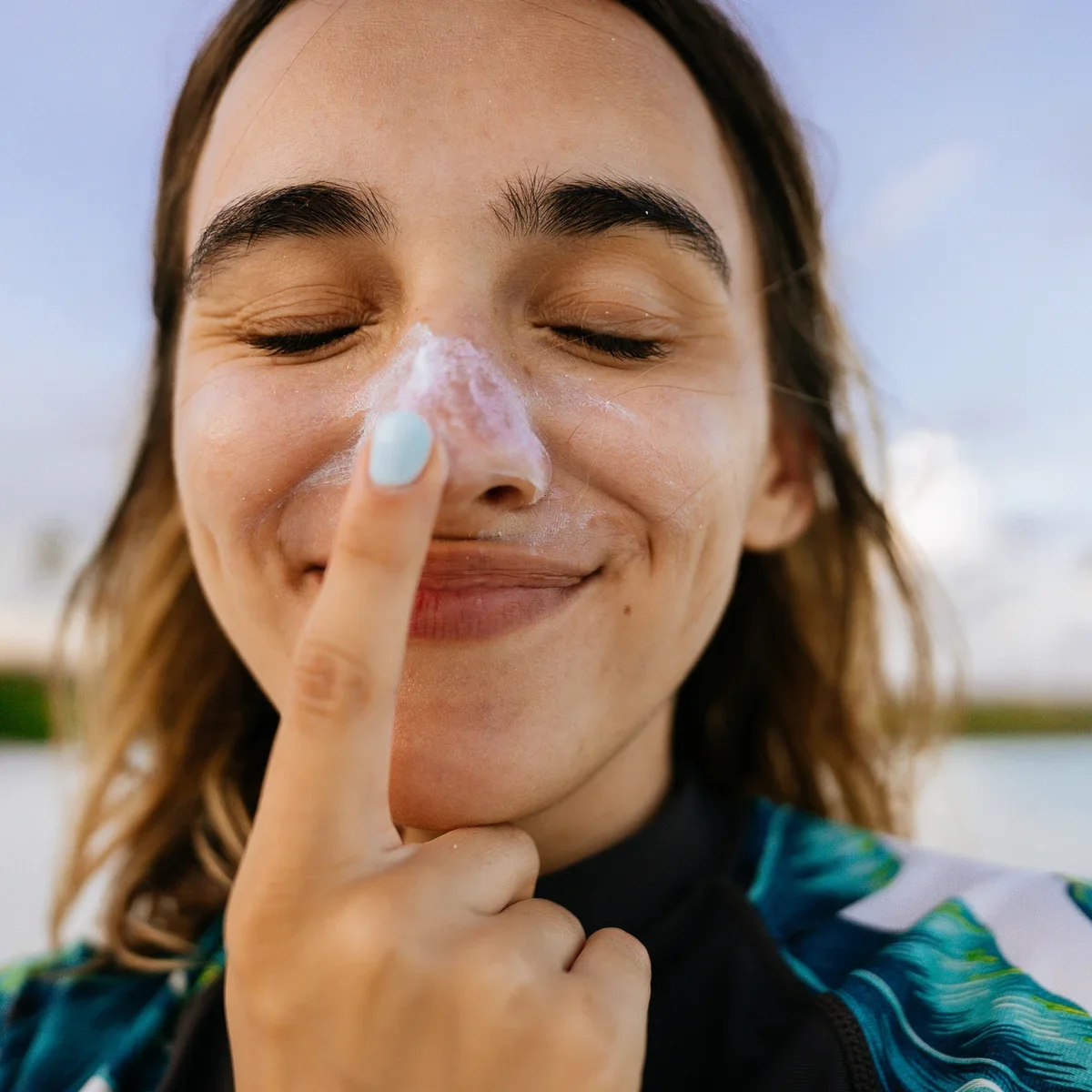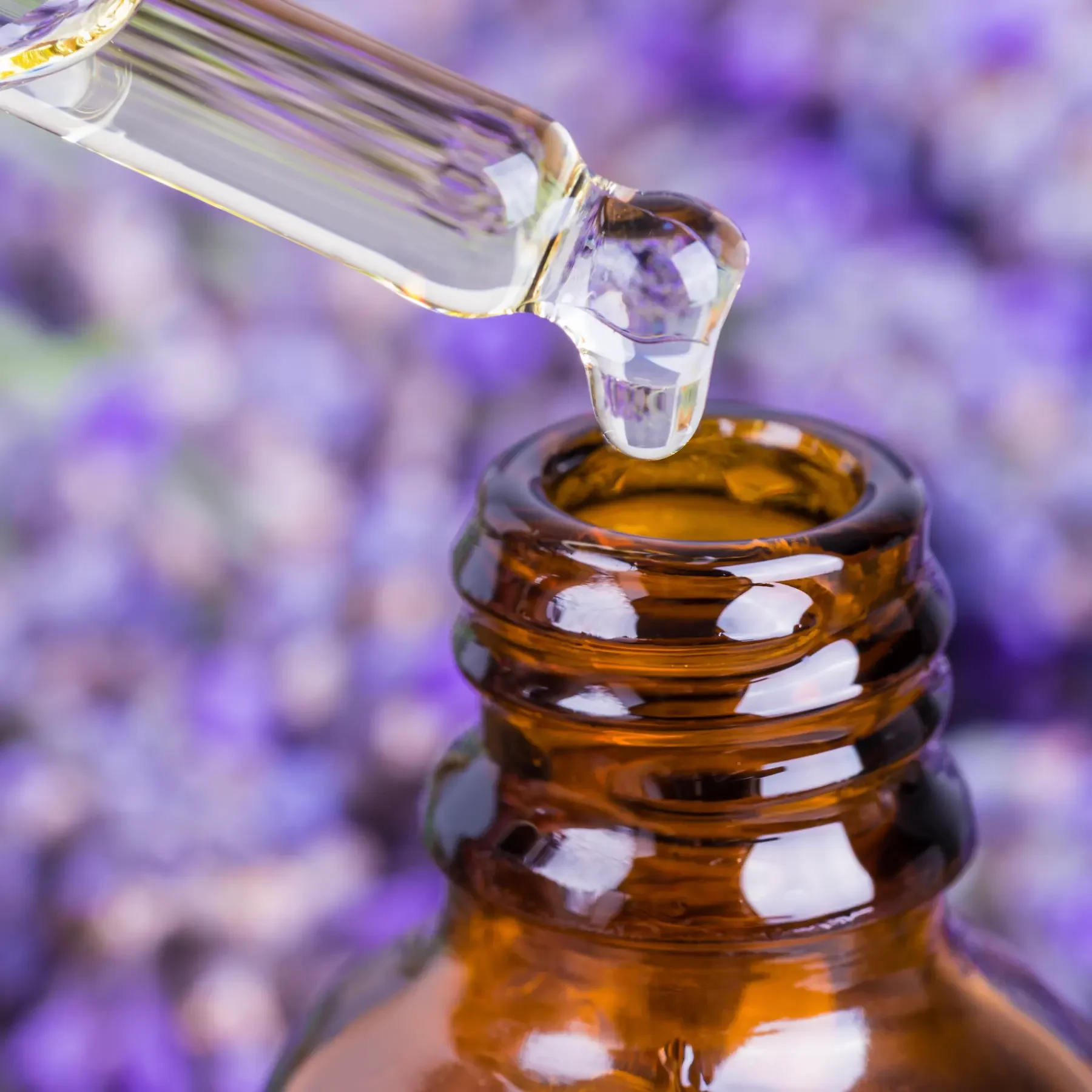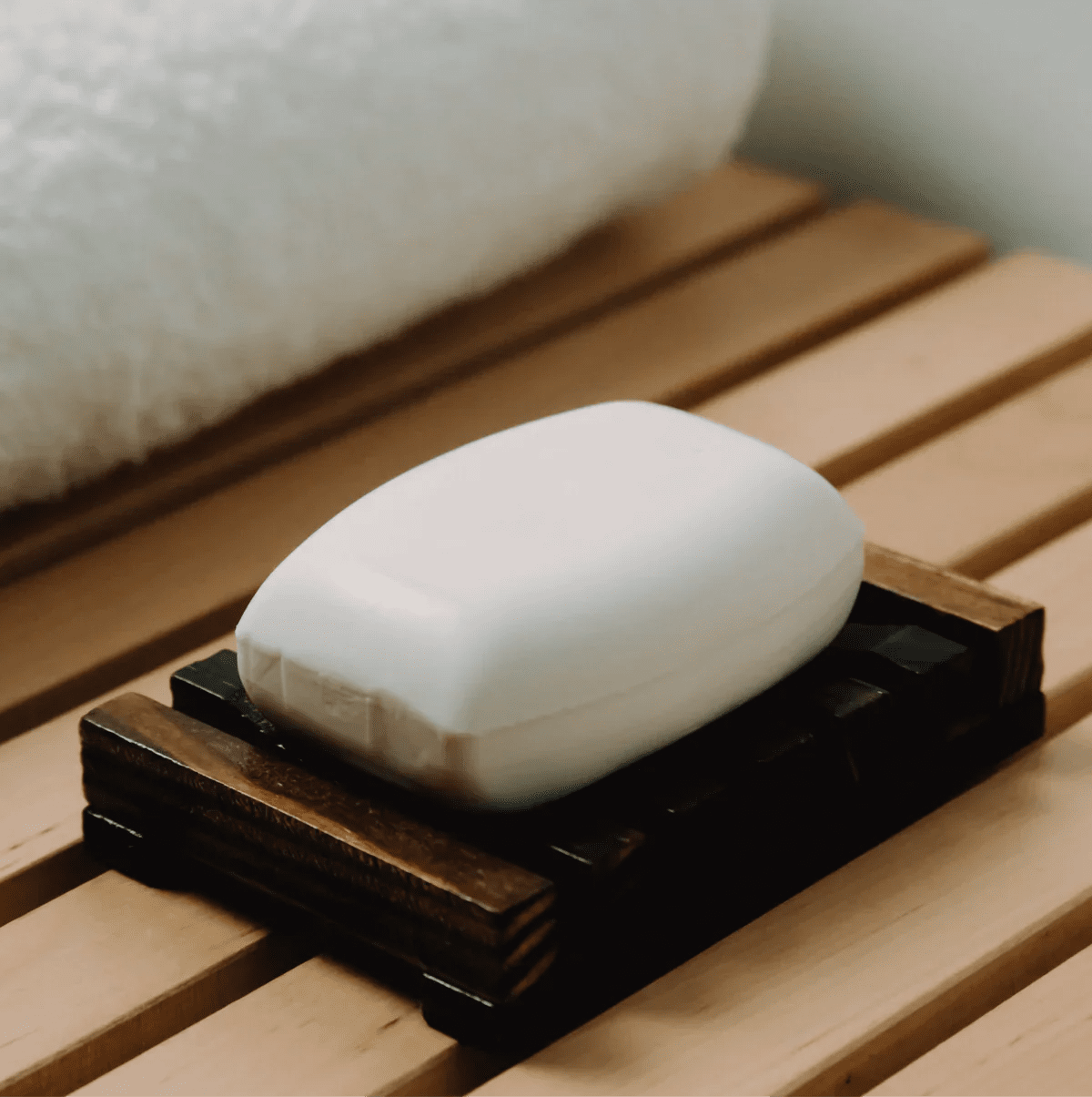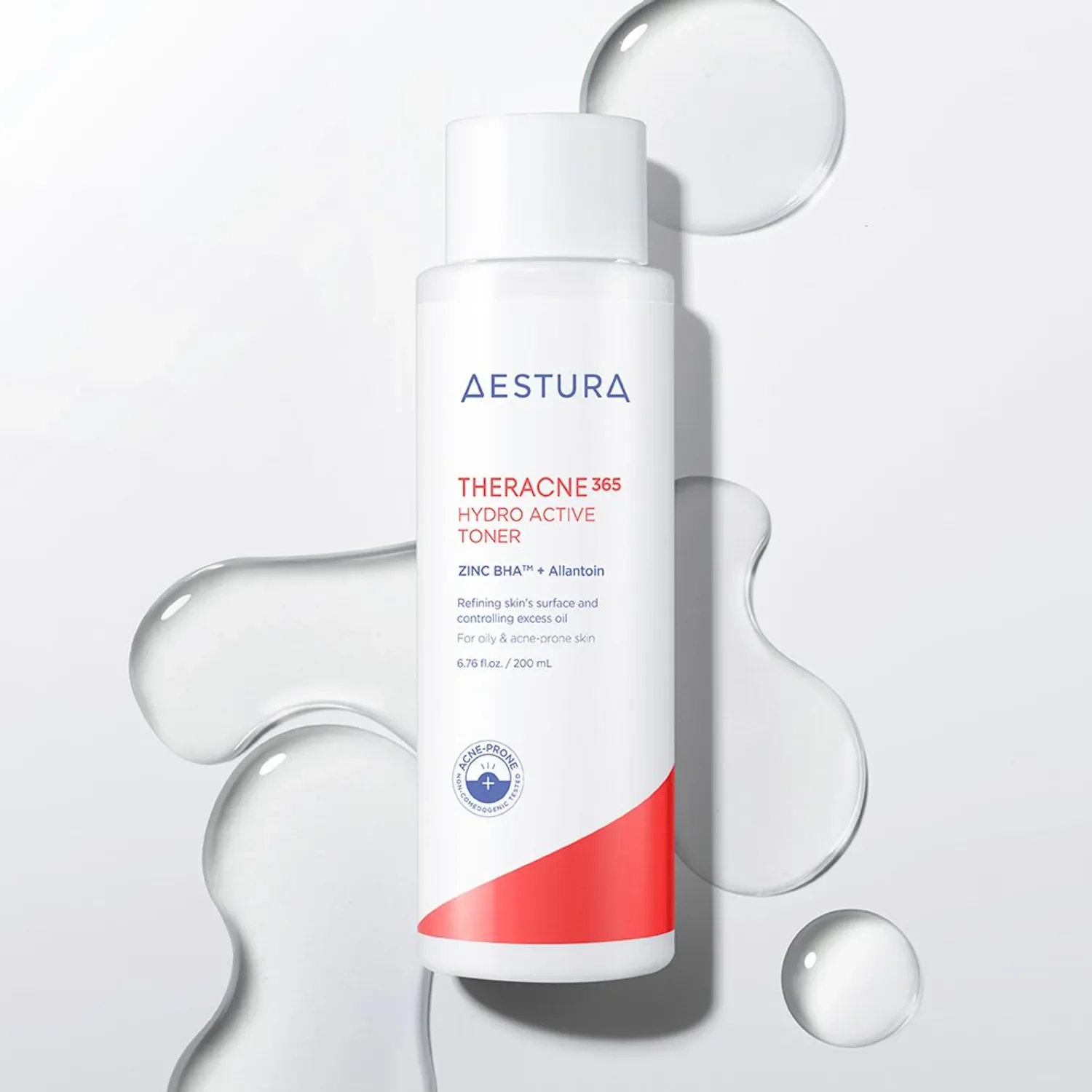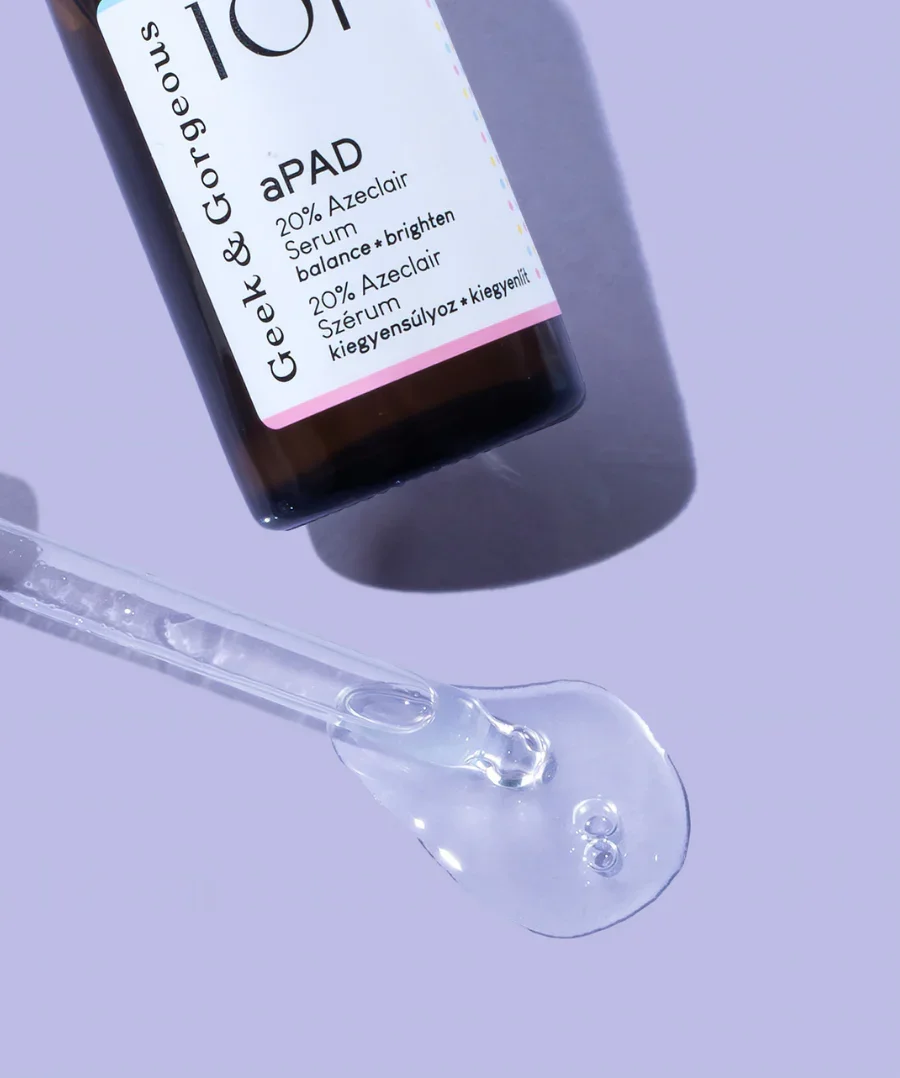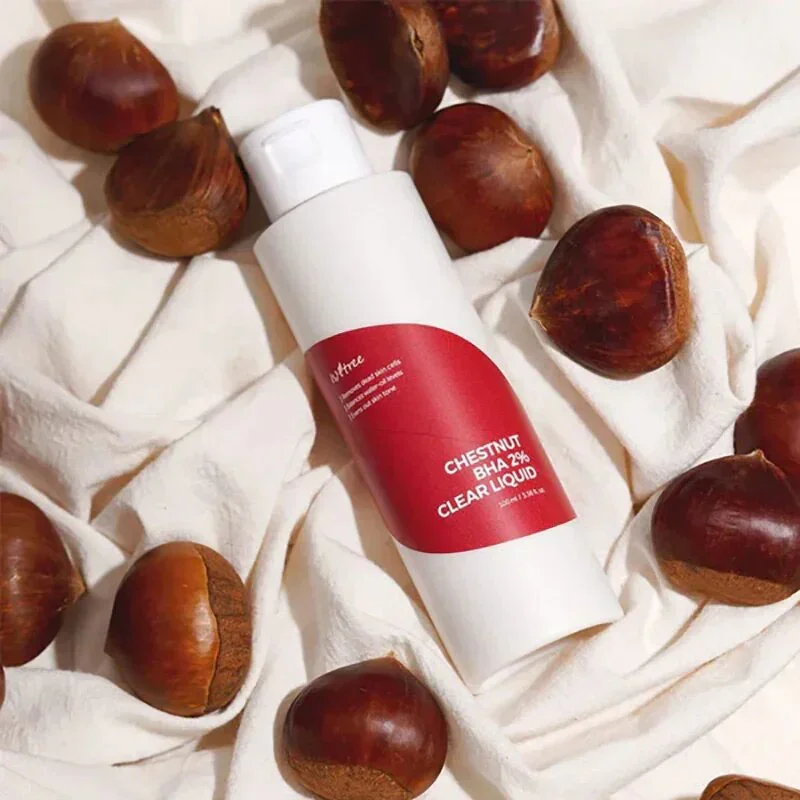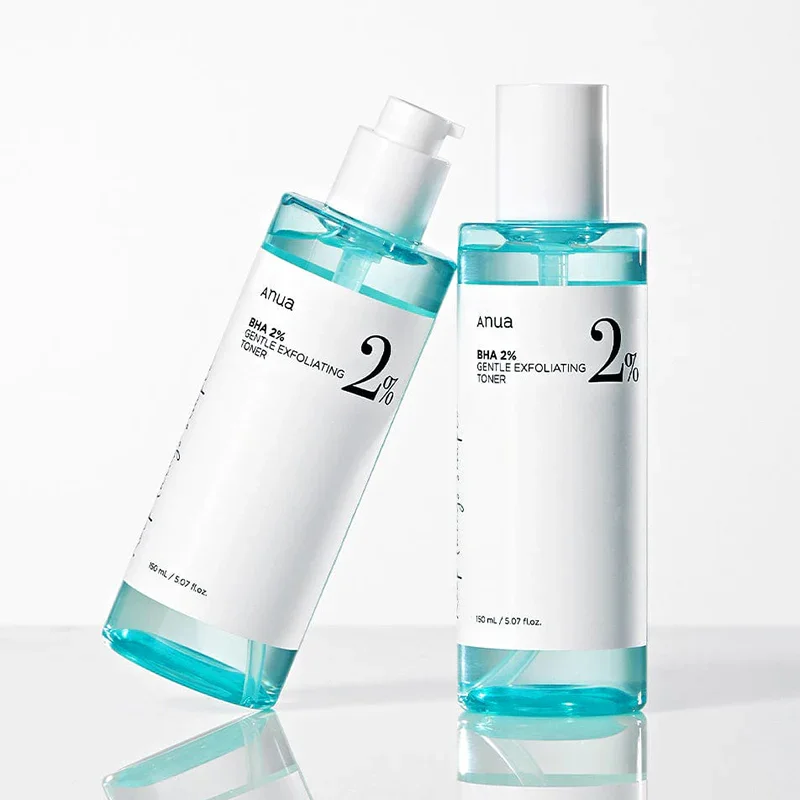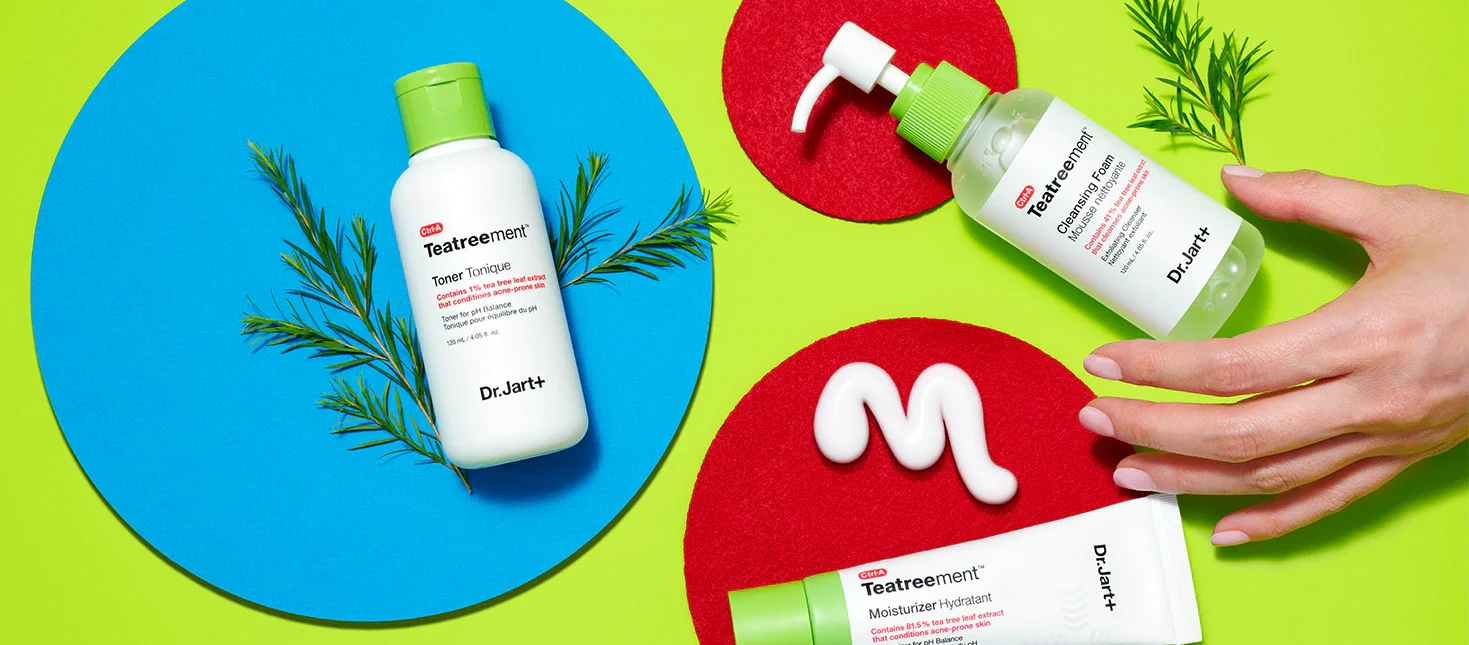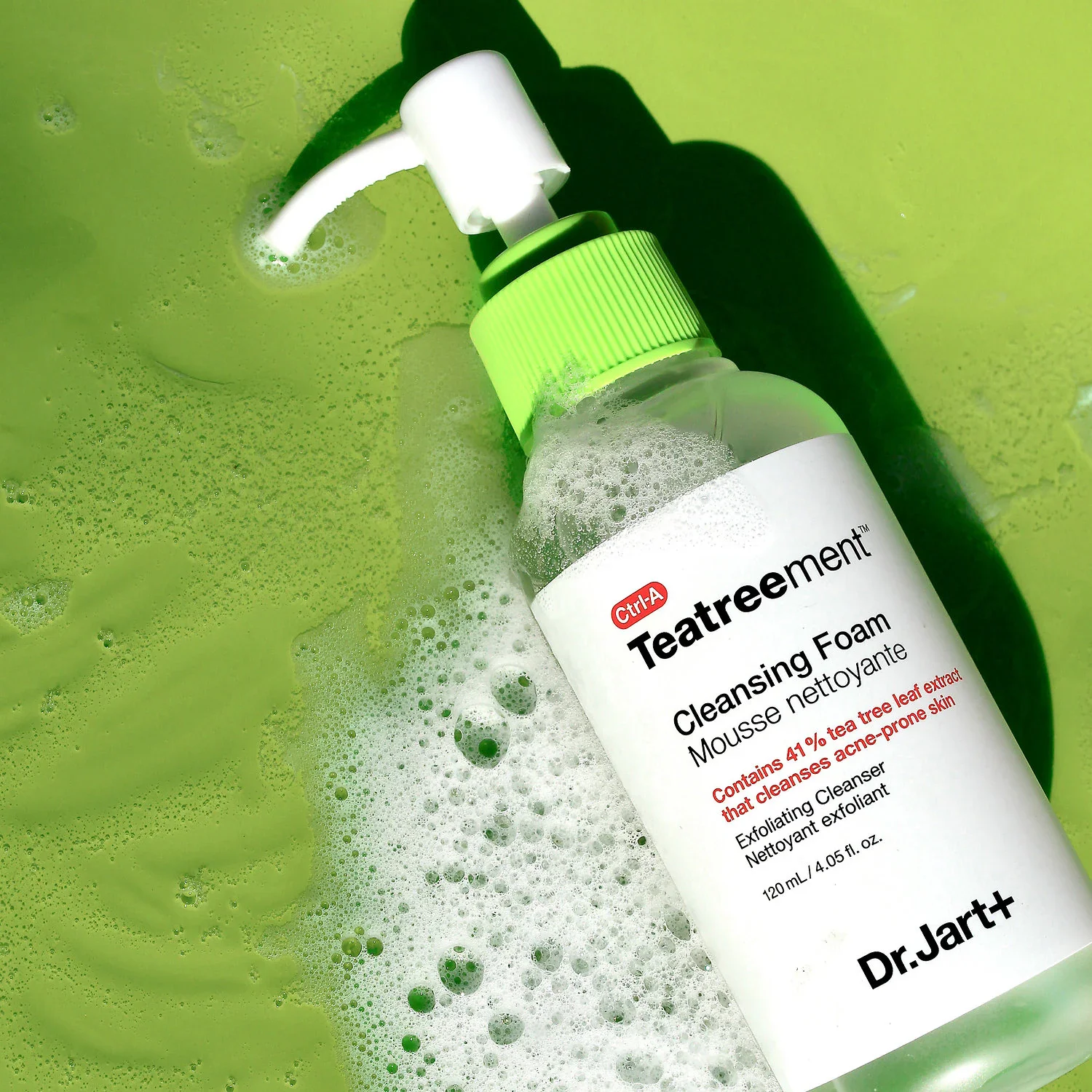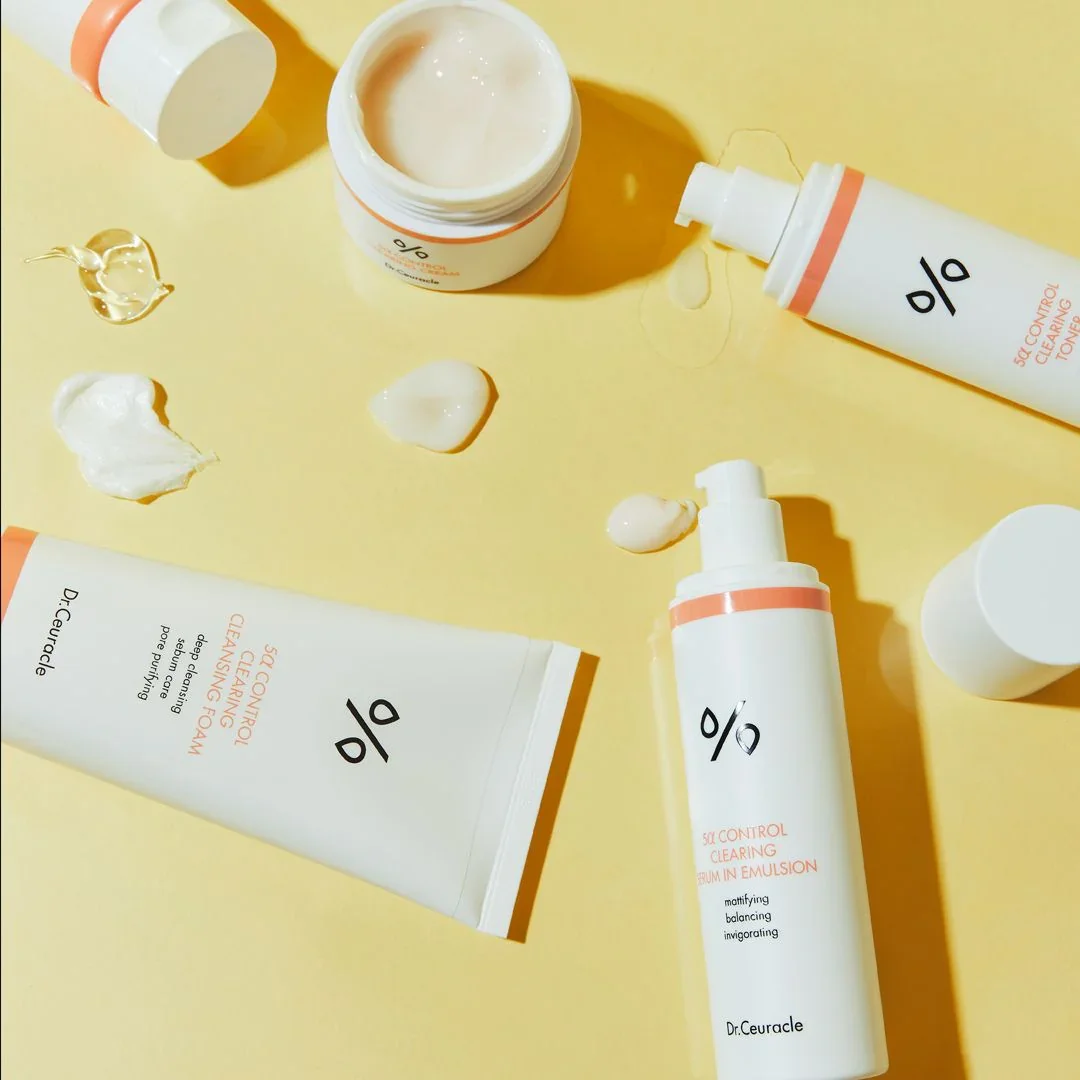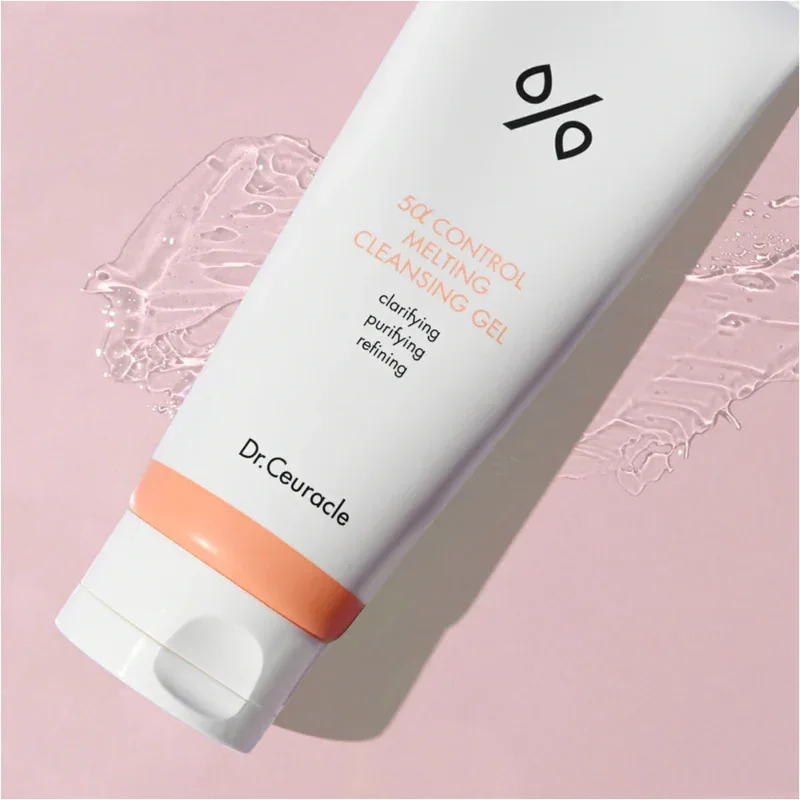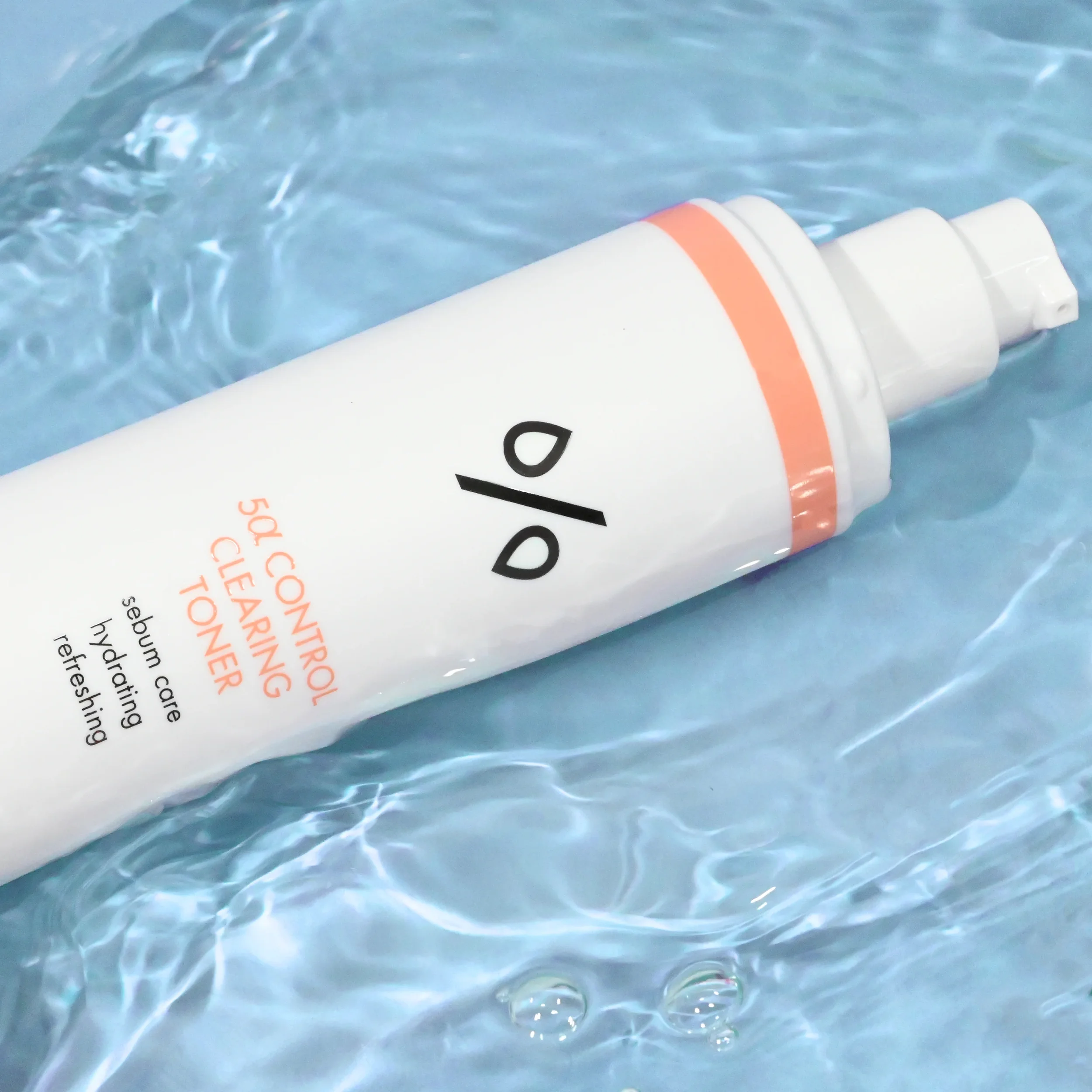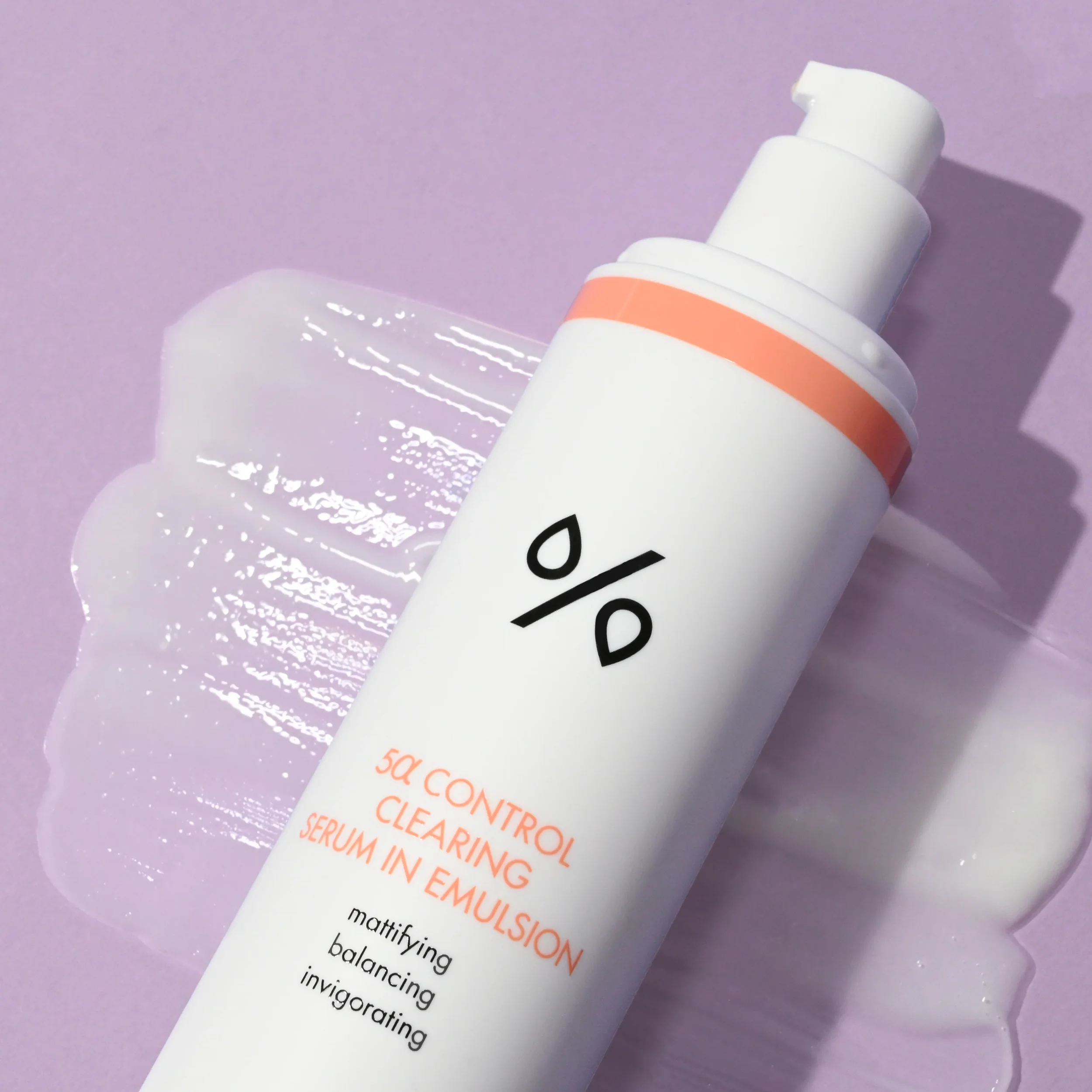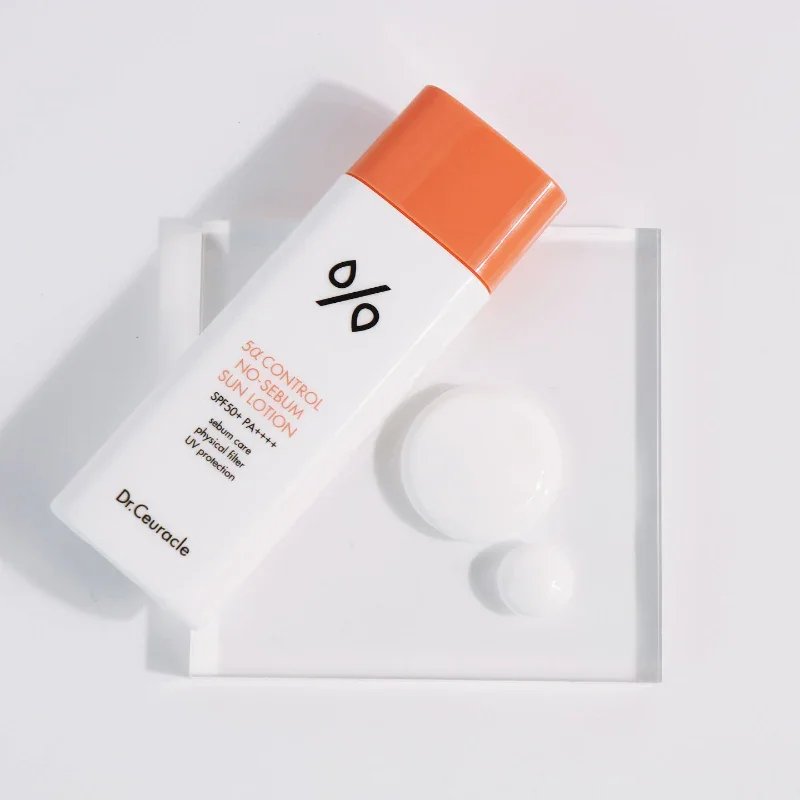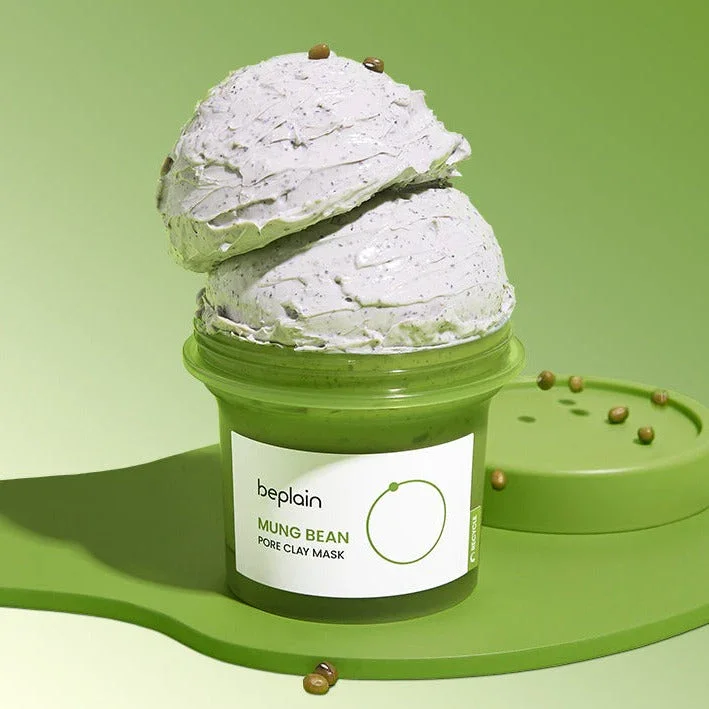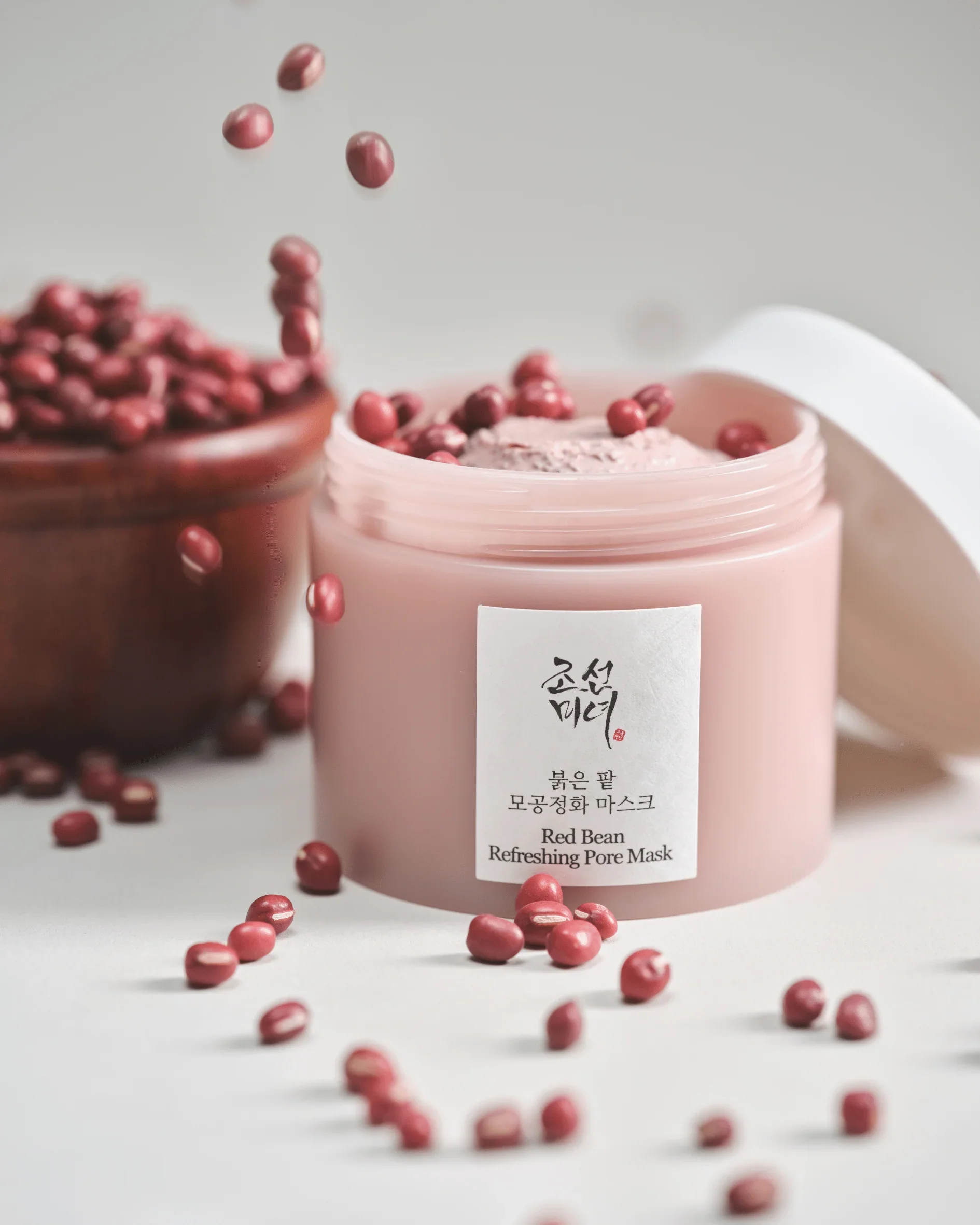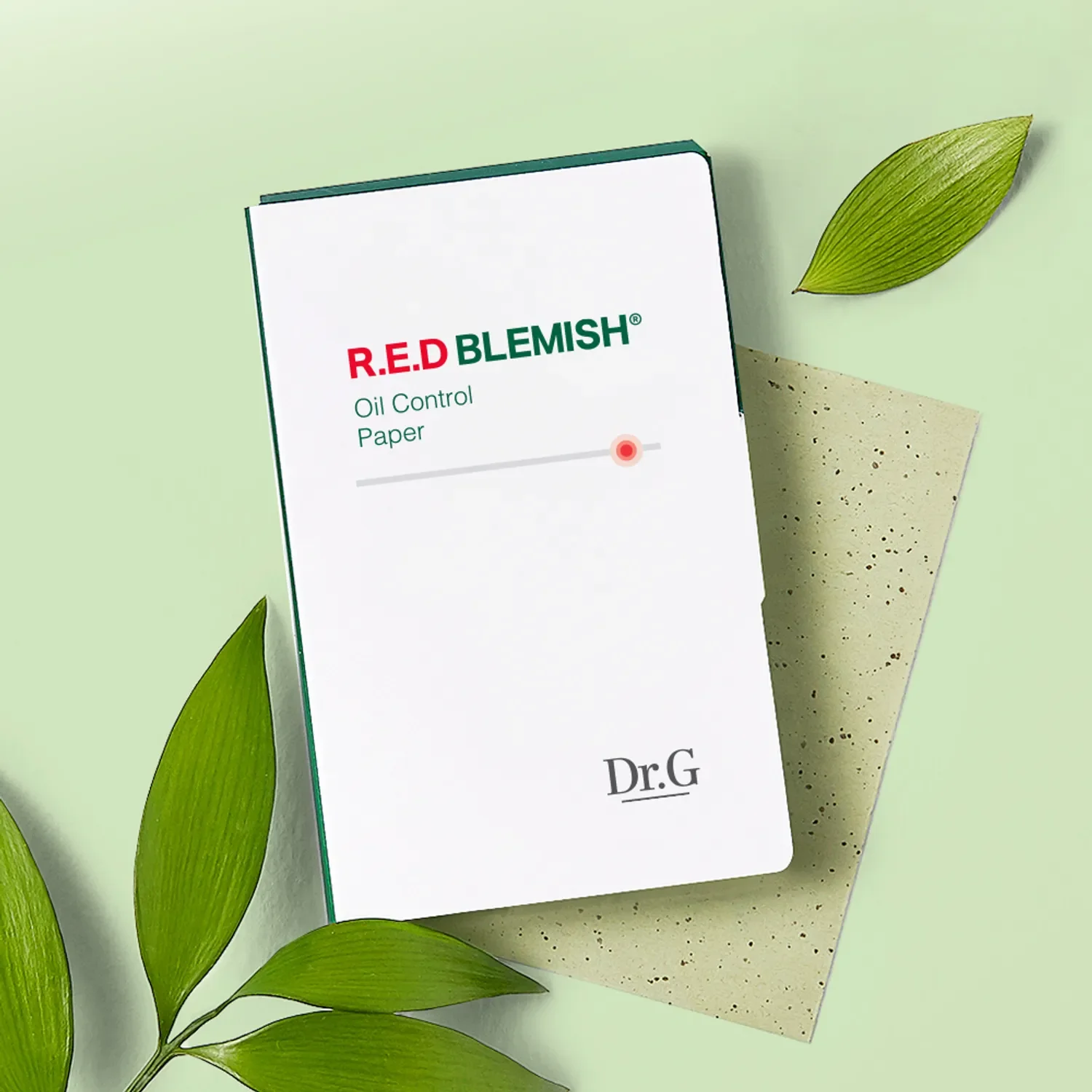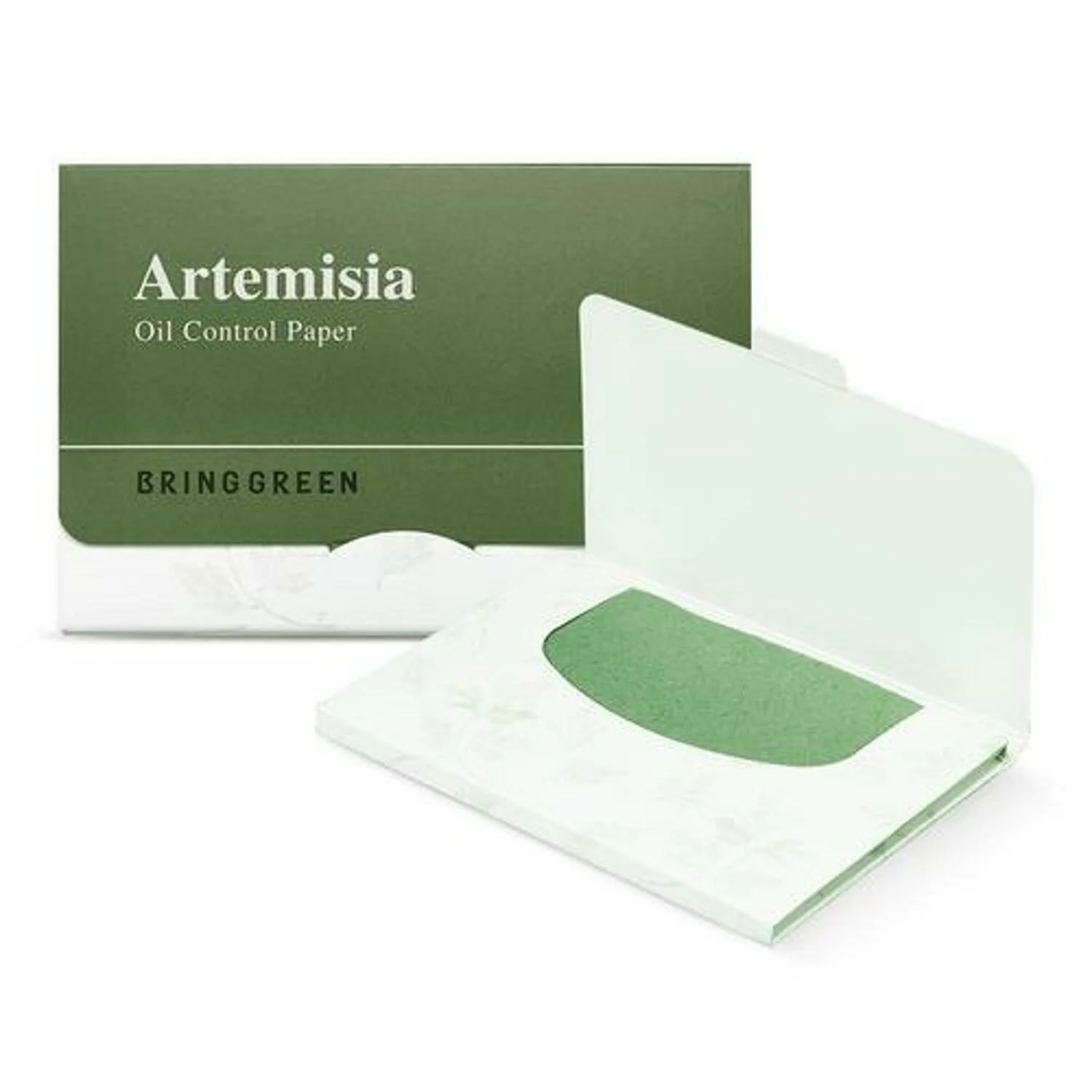How to Build the Perfect Oily Skin Care Routine
If your T-zone tends to shine a few hours after washing, and your skin seems prone to blackheads, enlarged pores, or breakouts, you know how challenging oily skin can be. It’s not just about appearance—imbalanced oil production can make your skin feel uncomfortable and affect how products work. Choosing the right routine and ingredients is essential: some products help control oil and calm the skin, while others, even if marketed for oily skin, can make things worse.
In this guide, I’ll walk you through an effective oily skin care routine, explain which ingredients and products really help, and share practical tips to keep your skin balanced every day. Along the way, I’ll recommend the best Korean products that won’t leave you shiny but will give your skin a healthy, natural glow. By the end, you’ll have all the knowledge you need to care for oily skin confidently and effectively.
Table of Contents:
What Is Oily Skin?
What Causes Oily Skin?
How to Tell If You Have Oily Skin
Common Myths About Oily Skin
Essential Oily Skin Care Routine Products
Next-Level Ingredients for Balancing Oily Skin
Key Ingredients and Formulas That Really Help
Extra Oily Skin Care Tips for Everyday Balance
What Is Oily Skin?
The shine you see on oily skin comes from sebum, the natural oil produced by your sebaceous glands. Your face has hundreds of these tiny glands per square centimeter, and together they produce a complex mixture of lipids, including triglycerides (41%), wax esters (26%), squalene (12%), and free fatty acids (16%) as the main components, totaling about 95%. The remaining lipids include cholesterol and cholesterol esters (4.5%). This composition varies by age, sex, and other factors, and the proportions change over time as sebum flows through hair follicles and undergoes bacterial hydrolysis.
Although “oil” might sound like something you want to avoid, sebum isn’t your enemy. In fact, it has several important roles:
It helps keep your skin hydrated by locking in moisture and essential oils.
It forms a protective layer that shields your skin from environmental stressors—thanks in part to its high vitamin E content, a powerful antioxidant.
Some research suggests sebum provides mild natural protection against UVB rays.
It carries beneficial compounds, like fat-soluble antioxidants and certain antimicrobial lipids.
Certain lipids can even help prevent or calm inflammation.
The problem arises when your skin produces too much sebum. Medically, this is called seborrheic skin, which simply means your skin is oily. (This is different from seborrheic dermatitis, which is a more serious skin condition.)
Oily skin often has a thicker outer layer—the epidermis—and enlarged pores, as your skin tries to make space for the extra oil. Sometimes the pore walls thicken too, which can trap sebum and dead skin cells, leading to blackheads, whiteheads, or even pimples.
What Causes Oily Skin?
Oily skin is often largely genetic. Just as some people naturally have fine hair, your skin may be predisposed to produce more sebum than necessary—especially when certain internal and external factors come together. Excess oil production is also closely linked to hormonal changes. The hormone that primarily regulates sebum production is called an androgen, a type of male hormone present in everyone, both women and men. In contrast, estrogen tends to inhibit sebum production. Another key player is DHT (dihydrotestosterone), a hormone derived from testosterone through the action of the enzyme 5α-reductase, which can significantly influence how oily your skin becomes.
Genetics and hormones aren’t the whole story, though. Several lifestyle and environmental factors can affect how much oil your skin produces at any given time. Stress, hot and humid weather, certain medications, unsuitable skincare or makeup products, and even diet can all contribute to excess oil.
Understanding these triggers can help you tailor an oily skin care routine that keeps your skin balanced and healthy.
How to Tell If You Have Oily Skin
If you’re unsure whether your skin is oily, there are some typical signs you can look for. But first, a quick disclaimer: don’t worry if it’s not immediately clear which category you fall into. Oily skin comes in two variations: well-hydrated oily skin and dehydrated oily skin. The former is usually easier to identify, while the latter can be trickier—your skin may feel dry at times but still produce excess oil later, making it confusing whether it’s oily or dry. Using rich creams meant for dry skin on the latter can actually make your skin feel less comfortable rather than helping it.
Here’s how to recognize each type:
Well-Hydrated, Classic Oily Skin
Skin begins to shine just 1–2 hours after washing, and can feel slick or oily by midday.
Makeup tends to slide or fade quickly.
Blackheads, whiteheads, or pimples may appear on the oiliest areas.
Pores are usually enlarged, especially around the nose, chin, and temples.
Skin texture feels smooth.
Hair may become oily faster, particularly along the hairline near your face.
Dehydrated Oily Skin
Immediately after washing, skin feels dry or tight, but becomes oily a few hours later.
Shine is less pronounced, often limited to the T-zone.
Foundation can be tricky: dry areas highlight flakiness, while oily areas cause makeup to fade.
Blackheads, whiteheads, or pimples may still appear on the oiliest areas.
Skin texture is uneven.
Hair may also become oily faster, especially along the hairline.
Common Myths About Oily Skin
Myth #1: If your skin is oily, don’t use moisturizer
Every skin type needs hydration, including oily skin. Skipping it can easily lead to dehydration, which often triggers other skin issues. The key is choosing the right moisturizer. Rich, creamy formulas are usually too heavy for oily skin—they can clog pores and make oiliness worse. I’ll include some Korean moisturizers later that are lightweight and suitable for oily skin, helping to keep it balanced without feeling greasy.
Myth #2: Sunscreen will make your skin oilier
Sun protection is essential for healthy skin. While it can be tricky to find a sunscreen that feels comfortable on oily skin, it’s not true that sunscreen inherently increases oiliness. The trick is to find a lightweight, non-greasy formula. Be aware that some lighter sunscreens use alcohol to reduce heaviness, and alcohol can be irritating or stimulate more oil production. I’ll share sunscreens suitable for oily skin later.
Myth #3: A little sun exposure will reduce oiliness
Sunbathing does not help oily skin—in fact, it can make it worse. Harmful UV rays cause most visible signs of skin aging and can trigger other skin problems. Sun exposure can also dry out your skin, which often leads to a combination of oiliness and dehydration.
Myth #4: Alcoholic, astringent, or “refreshing” products help
They feel good at first but can harm the skin over time. Ingredients like alcohol may provide a temporary refreshing effect, but repeated use can dehydrate the skin and trigger more sebum production. Tingling or cooling ingredients, such as menthol, mint, eucalyptus, or citrus extracts, also fall into this category. They may feel pleasant initially, but over time can irritate your skin and cause unwanted issues.
Myth #5: Anything oily (face oils, cleansing oils) is bad for you
This is a misconception. While some oils are too heavy for oily skin, others—like squalane—can help, particularly if your skin is oily yet dehydrated. Cleansing oils may seem counterintuitive, but they work on the principle of “like dissolves like.” They remove excess sebum and impurities gently, without leaving a greasy residue. For oily skin, I recommend using them in a double-cleansing routine, especially if you’re dealing with blackheads.
Myth #6: Strong foaming cleansers or bar soaps reduce oiliness
Squeaky-clean skin may feel satisfying, but it’s not healthy. Strong foaming cleansers and most bar soaps strip too much from the skin, damage the protective barrier, and leave it dehydrated. High-pH soaps can also disrupt your skin’s natural microbiome, increasing the risk of breakouts.
Essential Oily Skin Care Routine Products
If you’ve ever tried a rich, creamy moisturizer with oily skin, you know it can quickly feel heavy. With oily skin, texture matters most—avoid thick, creamy, nourishing formulas.
What to look for:
First-step cleanser (double cleanse): oil-based cleanser or cleansing balm
General cleanser: low-foam or non-foaming, gel or water-based texture
Moisturizer: gel or lightweight lotion, doesn’t need heavy oils (even for oily-dehydrated skin)
Sunscreen: lightweight, non-greasy, chemical formulas often feel lightest
Key Ingredients and Formulas That Really Help
While there may not be endless miracle ingredients, several truly effective ones can help control sebum and keep oily skin balanced. In addition to these well-known actives, there are new-generation sebum-regulating ingredients that work by blocking the 5α-Reductase enzyme, helping to slow down oil production without over-drying the skin.
Niacinamide (+ Zinc)
Also known as vitamin B3, niacinamide is versatile: helps with wrinkles, pigmentation, inflammation, tightens pore walls, and regulates sebum.
Often combined with Zinc PCA, this duo is especially effective if you also deal with blackheads or breakouts.
PAD or Azeclair (Potassium Azeloyl Diglycinate)
A less-known ingredient from azelaic acid + glycine.
Helps normalize excess oil, hydrates gently, and is suitable for sensitive skin.
Bonus: effective against post-acne marks or pigmentation.
Not a direct sebum regulator, but a must-have for oily skin.
Oil-soluble exfoliant that penetrates deep into pores, normalizing shedding of pore walls.
Helps prevent clogged pores and the resulting blackheads or breakouts.
Next-Level Ingredients for Balancing Oily Skin
Some ingredients for oily skin are not easy to find, especially in Korean skincare, but I’ve done the research for you. These next-generation actives are still a bit rare, yet they can make a real difference when thoughtfully integrated into your routine.
Nordihydroguaiaretic Acid (NDGA) + Oleanolic Acid
NDGA and Oleanolic Acid usually come together in a single product. NDGA is a potent antioxidant and anti-inflammatory compound. It helps protect skin from irritation, reduces oxidative stress, and prevents the oxidation of oil, which can contribute to blackheads. Oleanolic Acid works synergistically to help regulate sebum production and maintain a more balanced, less shiny complexion. Together, they support clearer pores, help manage excess oil, and reduce the likelihood of breakouts.
You can find them in:
Dr. Jart+ Teatreement™ Line for Oily Skin
Key actives across the line: Salicylic Acid, Tea Tree Extract, Sarcosine, Niacinamide
Benefits: Regulates sebum, supports pore health, soothes and strengthens the skin barrier
Standout botanicals: Centella Asiatica, Chamomile, Green Tea, Licorice Root, Witch Hazel
Teatreement™ Cleansing Foam for Oily Skin: Gentle purifying with brightening support from Niacinamide.
Teatreement™ Toner for Oily Skin: Refines pores and balances skin while soothing with ceramides and allantoin.
Teatreement™ Moisturizer for Oily Skin: Lightweight gel-cream that hydrates without excess oil, supports barrier with beta-glucan.
Sarcosine
Sarcosine, also known as N-methyl glycine, is an amino acid derivative that inhibits the 5α-Reductase enzyme. By doing so, it helps normalize sebum production, preventing excessive oil buildup. Additionally, it can contribute to smaller, less congested pores and a smoother skin texture. For oily skin, Sarcosine is especially beneficial because it targets the root cause of overproduction rather than just masking shine.
Dr. Ceuracle 5α Control Line for Oily Skin
Key actives across the line: Sarcosine, NDGA + Oleanolic Acid, Salicylic Acid (BHA), Witch Hazel, Cinnamomum Zeylanicum (Cinnamon) Bark Extract
Benefits: Controls excess sebum, balances shine, tightens pores, soothes skin, supports barrier
Standout botanicals: Aloe, Centella Asiatica, Witch Hazel, Serenoa Serrulata, mushroom extracts
5α Control Melting Cleansing Gel: BHA cleanser with Sarcosine and NDGA + Oleanolic Acid to help melt sebum and impurities.
5α Control Clearing Toner: Lightweight toner controlling 5α-Reductase to reduce shine and balance oil.
5α Control Clearing Serum in Emulsion: Hydrating serum with Sepicontrol A5 for sebum regulation and skin balance.
5α Control Clearing Cream: Lightweight cream that tightens pores and soothes troubled skin.
5α Control No-Sebum Sun Lotion SPF50+ PA++++: Physical sunscreen with sebum-controlling actives and NDGA + Oleanolic Acid to keep skin matte.
How to Integrate Them
Even though these ingredients are powerful, using every product containing them at once is not necessary. The key is strategic combinations: for example, a cleanser or toner with Sarcosine paired with a moisturizer containing NDGA + Oleanolic Acid can deliver noticeable benefits without overwhelming your skin. Combined with a gentle niacinamide + zinc serum, a lightweight gel moisturizer, and a suitable sunscreen, these actives can help keep oily skin balanced, calm, and comfortable.
Extra Oily Skin Care Tips for Everyday Balance
To keep oily skin under control, consider using a clay mask once or twice a week. These masks are great because they help absorb excess oil from both the skin’s surface and your pores, contributing to clearer, healthier skin.
When it comes to makeup, a good mattifying primer can make a noticeable difference, and several effective mattifying powders are also available. Oil control papers can be a real lifesaver during the day. At the same time, it’s best to avoid creamy or stick foundations, as these can clog pores and feel heavy on oily skin.
Take Care of Your Oily Skin with Confidence
Oily skin can feel challenging, but with the right care and lightweight formulas, you can keep shine under control while letting your skin look healthy and radiant. Building a consistent oily skin care routine with products suited to your skin type—like a gentle moisturizer and a lightweight sunscreen—is key to balancing hydration and protecting your skin. Remember, it’s not about stripping your skin, but about supporting it in the right way. For more tips, product recommendations, and easy-to-follow guides, check out my other blogs, eBooks, and guides, and follow me on Instagram @gabriella_sebestyen for daily advice, inspiration, and practical skincare tips.
